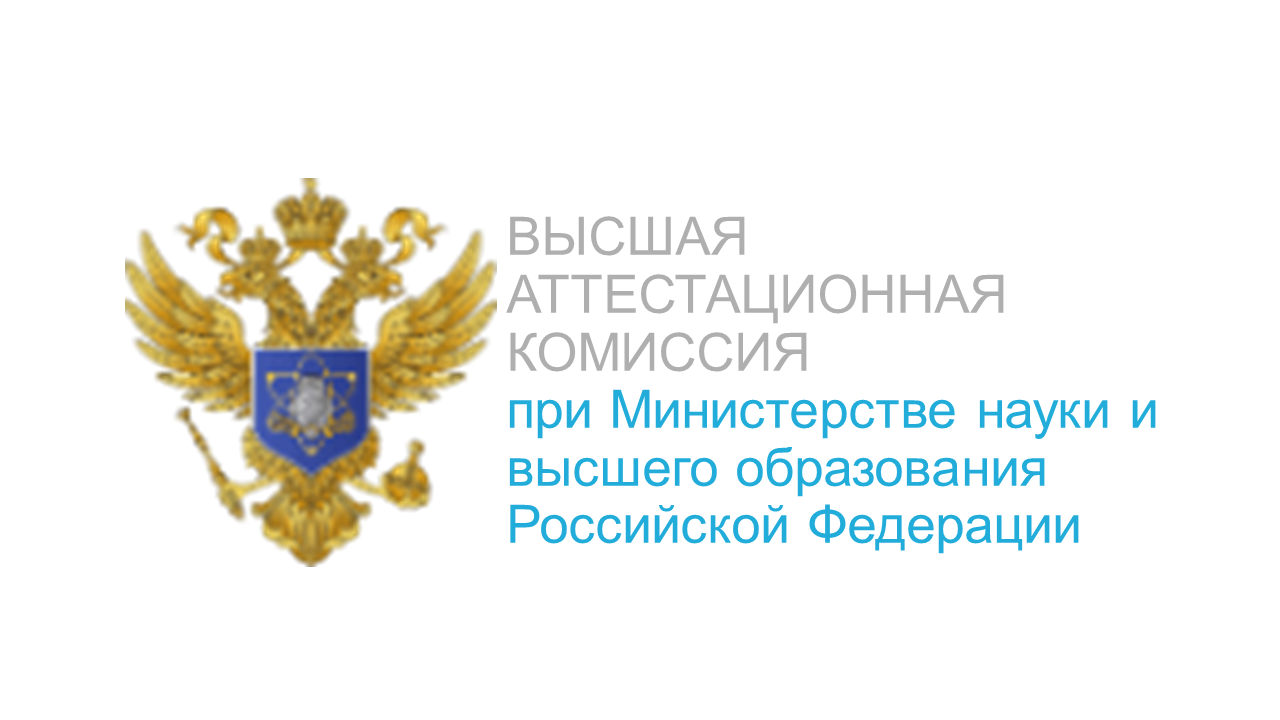Preparation for research activities in professional practice: Analysis and assessment of students’ ability to formulate research questions
Introduction. The article focuses on the problem of preparing students for research activities in professional practice. The purpose of the study is to identify the specifics of formulating research questions by students.
Materials and Methods. In order to achieve the purpose of the study, the authors used complementary methods. Theoretical ones were employed to analyze and systematize the provisions of Russian and international scholars on the issues of students’ research activities, the competence to formulate research questions, as well as the analysis of regulatory documents of the Russian Federation regarding students’ research competencies. Empirical methods included a professional test aimed at formulating research questions (for limited time) for the proposed research topic.
Results. The organization of students’ research work requires an understanding of the content of their competence in formulating questions.
It was found that the students showed an average level of productivity in terms of the number of questions asked. It is recorded that the content of the questions does not sufficiently reflect the subject of the research topic. The analysis within the framework of B. Bloom’s taxonomy showed that most of the questions are formulated in the context of the “application/use” level.
Conclusions. Based on the results of the study, conclusions were drawn about the need for systematic activities to develop students’ competence in formulating research questions.
Research question; Research competence; Research design; Organization of research work; Formulating research questions.
- Arêas F. Key points in constructing a scientific research question. Key points in constructing a scientific research question. Brazilian Journal of Health Research, 2025, vol. 27 (1), pp. e47635. DOI: https://doi.org/27.10.47456/rbps.v27i1.47635
- Aschari O., Berghaus B. The student's research companion: The purpose-driven. Journey of Scientific Entrepreneurs, 2023. DOI: https://doi.org/10.1093/oso/9780192855312.001.0001
- Barroga E., Matanguihan G. A Practical guide to writing quantitative and qualitative research questions and hypotheses in scholarly articles. Journal of Korean Medical Science, 2022, vol. 37 (16), pp. e121. DOI: https://doi.org/10.3346/jkms.2022.37.e121
- Chandio M. T., Zafar N., Solangi G. M. Bloom's taxonomy: Reforming pedagogy through assessment. Journal of Education and Educational Development, 2021, vol. 8 (1), pp. 109-140. DOI: http://dx.doi.org/10.22555/joeed.v8i1.308
- Claudia J. S. Reevaluating Bloom's taxonomy: What measurable verbs can and cannot say about student learning. Education Sciences, 2016, vol. 6 (4), pp. 37. DOI: https://doi.org/10.3390/educsci6040037
- Gonzales A., Barrios Navarro C., Mariño N., Díaz C., Retamozo N. Research competencies from the socio-formative approach seen in undergraduate students at a Peruvian and Mexican university. Revista de Gestão Social e Ambiental, 2024, vol. 18 (11), pp. e09586. DOI: https://doi.org/10.24857/rgsa.v18n11-008
- Kasivu G., Mwania J., Kimatu J., Kamau L., Mulwa J., Kiilu R., Kithungu R., Musyoka J., Migwambo R. Reinforcing the 21st Century pedagogical skills through the application of the question formulation technique (QFT) in Secondary Schools in South Eastern Region of Kenya. International Journal of Research and Innovation in Social Science, 2024, vol. VIII (III), pp. 827-836. DOI: https://doi.org/10.47772/IJRISS.2024.803060
- Krathwohl D. A Revision of Bloom's taxonomy: An overview. Theory into Practice, 2002, vol. 41 (4), pp. 212-218. DOI: https://doi.org/10.1207/s15430421tip4104_2
- Mantzoukas S. Facilitating research students in formulating qualitative research questions. Nurse Education Today, 2008, vol. 28 (3), pp. 371-377. DOI: https://doi.org/10.1016/j.nedt.2007.06.012
10. Melati S. E., Rasyid F. Student’s critical thinking towards reading comprehension using revised Bloom’s taxonomy. IREELL: Indonesian Review of English Education, Linguistics, and Literature, 2023, vol. 1 (2), pp. 152–165. DOI: https://doi.org/10.30762/ireell.v1i2.1947
11. Muthoni O., Barasa N., Wanjala K. Comprehensive review of the journal of earth and marine technology (JEMT): Insights from a Bloom's taxonomy analysis. International Journal of Multidisciplinary Approach Research and Science, 2025, vol. 3 (1), pp. 345-364. DOI: https://doi.org/10.59653/ijmars.v3i01.1464
12. Nurmatova S., Altun M. A Comprehensive review of Bloom’s taxonomy integration to enhancing novice EFL educators’ pedagogical impact. Arab World English Journals, 2023, vol. 14 (3). DOI: https://doi.org/10.2139/ssrn.4593934
13. Omer W. Cite this article: Omer W. modified Bloom's taxonomy: Perspective of a doctor of philosophy scholar. Journal of Rawalpindi Medical College, 2025, vol. 28 (4), pp. 539-540. DOI: https://doi.org/10.37939/jrmc.v28i4.2804
14. Ortiz M., Kent D., Carlucci M., Ricca P., Zeiher W., Vanderzwan K., Betka A. A., Kilroy S. Bloom's taxonomy. Journal for Nurses in Professional Development, 2023, vol. 39 (5), pp. e154–e160. DOI: https://doi.org/10.1097/NND.0000000000000897
15. Pisotskyi O. Formation of cognitive abilities of 5–6-year-old children in the context of mental education of preschoolers. Research Notes, 2022, no. 2, pp. 82-88. DOI: https://doi.org/10.31654/2663-4902-2022-PP-2-82-88
16. Roman A. Research Competencies and performance of higher education institutions (HEI) faculty. International Journal of Research Publications, 2021, vol. 78 (1), pp. 37-44. DOI: https://doi.org/10.47119/IJRP100781620211975
17. Stringer J. K., Santen S. A., Lee E., Rawls M., Bailey J., Richards A., Biskobing D. Examining Bloom’s taxonomy in multiple choice questions: Students’ approach to questions. Medical Science Educator, 2021, vol. 31 (4), pp. 1311-1317. DOI: https://doi.org/10.1007/s40670-021-01305-y
18. Van der Schee J. How to train students to formulate good research questions? International Research in Geographical and Environmental Education, 2001, vol. 10 (3), pp. 245-259. DOI: https://doi.org/10.1080/10382040108667444
19. Van der Waldt G. Formulating research questions in social science research. The Journal for Transdisciplinary Research in Southern Africa, 2025, vol. 21 (1), pp. 1526. DOI: https://doi.org/10.4102/td.v21i1.1526
20. Agibova I. М., Bedzhanyan M. А., Nechaeva O. А., Fedina O. V. Forming research competencies of higher school students with multi-level tasks. Bulletin of the North Caucasus Federal University, 2025, no. 2, pp. 197-204. (In Russian) URL: https://www.elibrary.ru/item.asp?id=82323772 DOI: https://doi.org/10.37493/2307-907X.2025.2.18
21. Yemelyanova I. N. A model for developing scientific research competencies in graduate students. Psychological Science and Education, 2017, vol. 22 (3), pp. 37-45. (In Russian) URL: https://www.elibrary.ru/item.asp?id=29898530 DOI: https://doi.org/10.17759/pse.2017220304
22. Pesha A. V., Patutina S. Yu. Conceptual model for the development of university graduates' research competencies. Bulletin of Omsk University. Series: Economics, 2022, vol. 20 (4), pp. 82-93. (In Russian) URL: https://www.elibrary.ru/item.asp?id=50268567 DOI: https://doi.org/10.24147/1812-3988.2022.20(4).82-93
23. Pirozhkova O. B., Bubnova I. S. Research competence of the teacher: Essence and diagnostics. Pedagogical Perspective, 2022, no. 1, pp. 3-9. (In Russian) URL: https://www.elibrary.ru/item.asp?id=48199094 DOI: https://doi.org/10.55523/27822559_2022_1(5)_3










